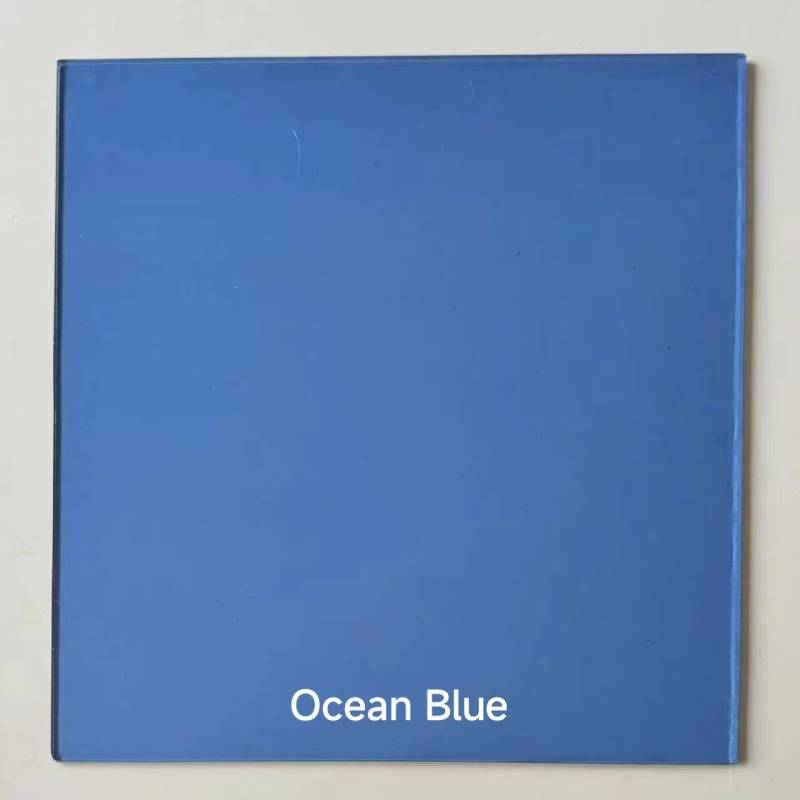

The Art and Innovation Behind Fostered Glass
Fostered glass, a remarkable fusion of art and technology, has gained significant attention in both the design and architectural communities. This innovative material transcends traditional glass by incorporating unique treatments during its production process, resulting in a product that delivers not only durability but also aesthetic appeal. This article explores the origins, properties, and applications of fostered glass, showcasing how it has revolutionized modern architecture and interior design.
Origins of Fostered Glass
The term fostered glass refers to a specialized type of glass that has been enhanced through various processes to improve its performance characteristics. The fostering aspect comes from the incorporation of advanced materials and techniques that enhance its attributes, such as thermal insulation, energy efficiency, and structural integrity. These advancements emerged as a response to the growing demand for sustainable building materials that minimize energy consumption and environmental impact.
Researchers and engineers sought to create a glass product that balances beauty with functionality. The development of fostered glass involved collaboration among scientists, artisans, and industry leaders who worked together to fine-tune its composition and treatment processes. As a result, fostered glass has become a preferred choice in various applications, from residential buildings to large commercial complexes.
Properties of Fostered Glass
Fostered glass boasts a range of exceptional properties that set it apart from conventional glass types. One of its most significant features is its improved thermal efficiency. By incorporating low-emissivity coatings and insulating frames, fostered glass minimizes heat transfer, which can lead to lower energy costs for heating and cooling. This property makes it an ideal choice for eco-friendly building projects that aim to achieve energy efficiency certification.
In addition to thermal performance, fostered glass is designed for enhanced safety and durability. Its production incorporates tempered or laminated processes, providing it with the ability to withstand impacts and resist shattering. This makes it suitable for high-traffic areas, such as storefronts and public spaces, where safety is paramount.

Another exciting attribute of fostered glass is its aesthetic versatility. It can be produced in various textures, colors, and patterns, allowing architects and designers to experiment with creativity while maintaining a cohesive look in their projects. Whether used as a façade, partition, or decorative element, fostered glass enhances the visual appeal of any space.
Applications in Architecture and Interior Design
Fostered glass has found its way into numerous applications within architecture and interior design. Its use in building facades is particularly noteworthy, as it contributes to striking modern designs while maximizing natural light within the structure. Notable examples can be seen in skyscrapers where large panes of fostered glass create an illusion of openness, enabling occupants to enjoy sweeping views of the surrounding cityscape.
In interior design, fostered glass is utilized in everything from elegant shower doors to stunning glass staircases. Its ability to create a sense of openness without sacrificing privacy makes it a popular choice for residential spaces. Sliding glass doors made from fostered glass seamlessly integrate indoor and outdoor living areas, facilitating a harmonious connection with nature.
Moreover, the rise of smart glass technology, an extension of fostered glass, has introduced functionalities such as self-tinting and transparency control, thereby further enhancing the material's capabilities. This technology allows occupants to adjust the amount of light and heat entering a space, demonstrating the innovative spirit behind fostered glass.
Conclusion
Fostered glass epitomizes the harmonious blend of art and science, embodying the modern ethos of efficiency, safety, and visual appeal. As architects and designers continue to explore its potential, fostered glass will undoubtedly play a crucial role in shaping the landscapes of our cities and enhancing the quality of our living spaces. With its myriad applications and innovative properties, fostered glass stands as a testament to the ongoing evolution of materials in a quest for sustainable yet beautiful design solutions.